The Asia City That Could Emerge Strongest From the Pandemic

Ho Chi Minh City: Asia’s next financial center in the making. www.mroosfotografie.nl / Visual Hunt

Ho Chi Minh City: Asia’s next financial center in the making. www.mroosfotografie.nl / Visual Hunt
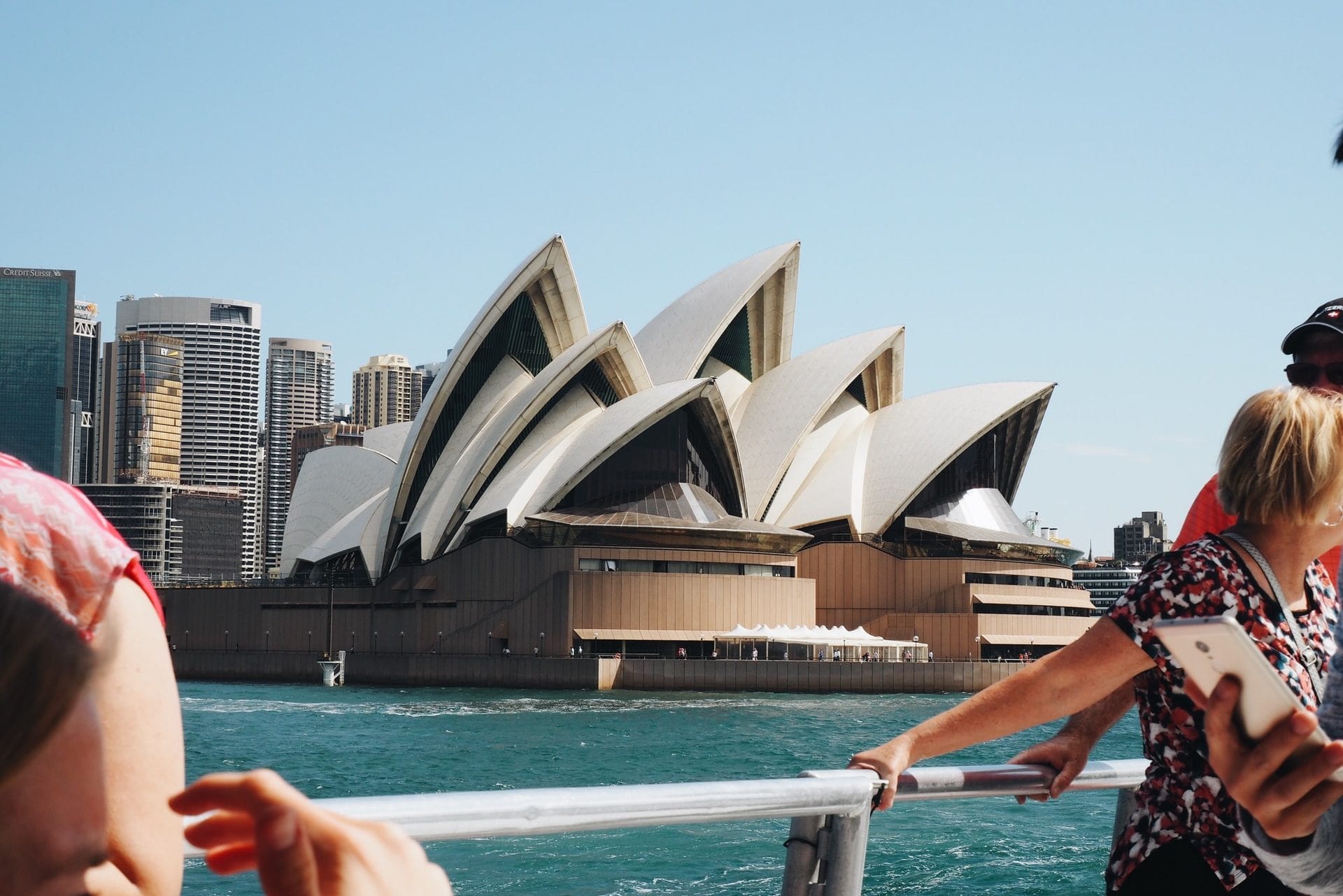
Airport technology provider SITA has successful trialled a new system with the Australian government that help airlines, airports and passengers share information on health tests or vaccinations. Caroline Voelker / Unsplash
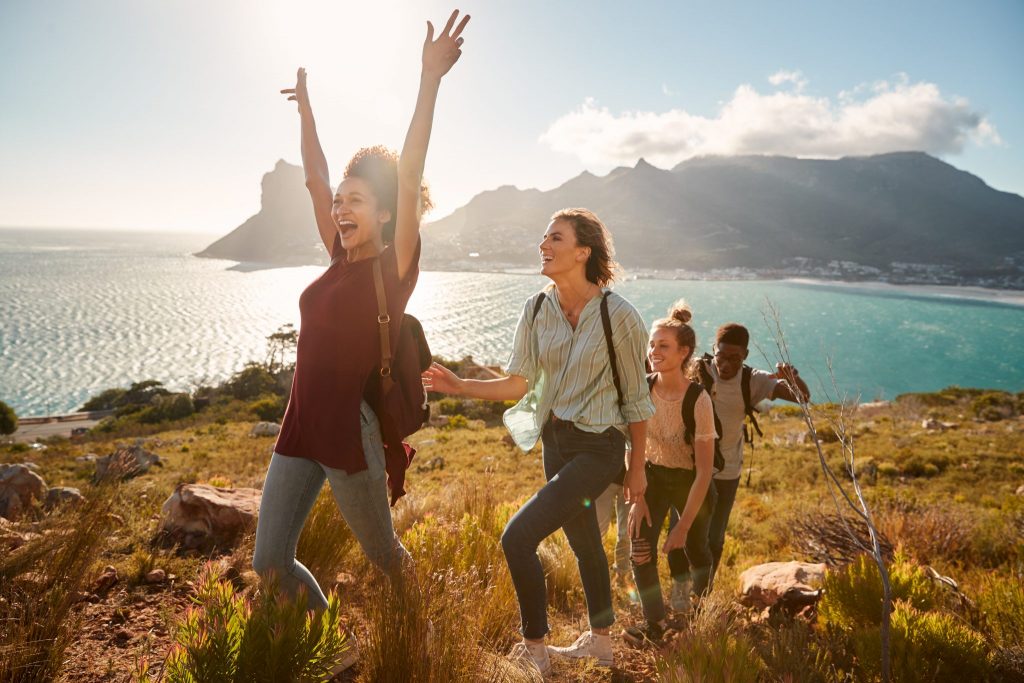
Discussions on the lack of diversity in U.S. travel are finally getting unstuck with major actions from the industry’s destination leaders and trade groups, including a new tourism diversity-focused organization. Monkey Business / Adobe

Thailand’s resort island of Phuket is at one of its lowest economic points in recent history due to global travel restrictions. Tourism Authority of Thailand
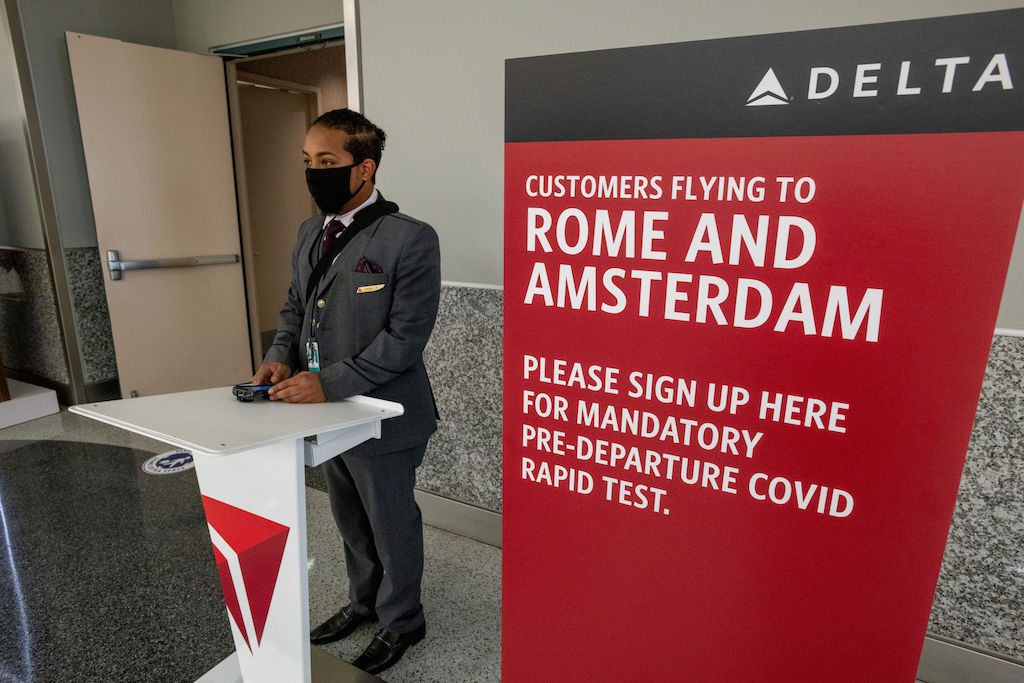
Delta Air Lines is trialling mandatory Covid-19 testing in place of quarantines on select flights to Amsterdam and Rome. Courtesy of Delta Air Lines / Delta Air Lines
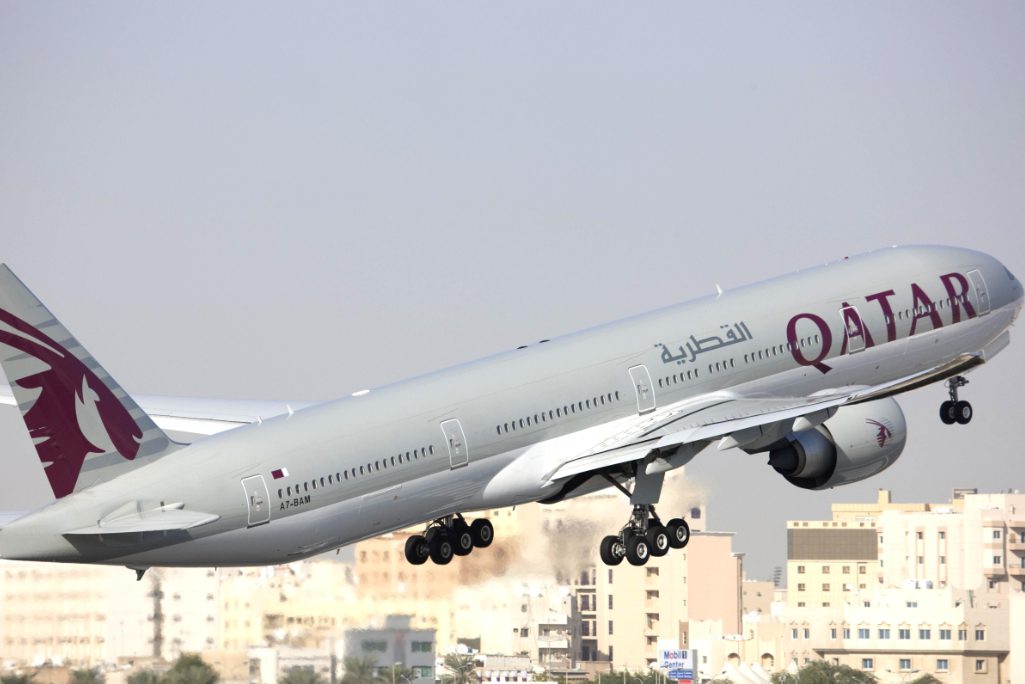
A Qatar Airways Boeing 777-300ER, shown in 2011. Qatar Airways
The post The Coolest Airbnbs in Hawaii appeared first on The Blonde Abroad.
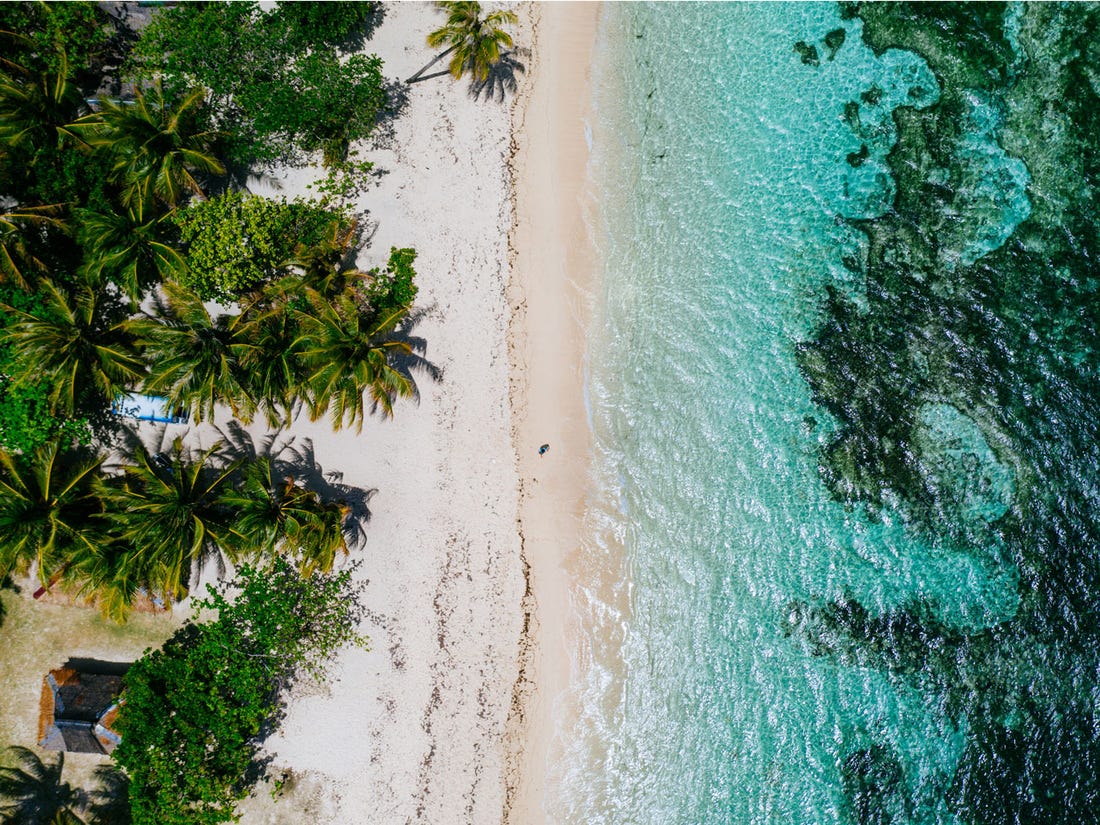
If you’re dreaming of your first post-covid getaway, the Philippines may well be at the top of your list. The archipelago of more than 7,000 islands offers paradisiacal beaches and natural beauty spots where you can really get away from it all.
One of the first things to consider as you plan your trip to the Philippines is when to visit. The best time of year for your adventure depends very much on your priorities. Weather conditions may be optimal during the high season but you’ll most likely end up spending more on flights and accommodation.
This post explains the pros and cons of visiting the Philippines in each season to help you decide when’s best for you. Once you’ve made up your mind, if you’re American, you’ll need to check out the Philippine visa for US citizens. Depending on the length of your stay you might need to apply for a visa before you go.
The first 2 months of the year are generally considered the best for visiting the Philippines. With cooler temperatures, conditions are perfect for exploring the capital city Manila and taking part in outdoor activities such as hiking and exploring the mountains.
With temperatures rarely dropping below 60 ºF, it’s the ideal choice if you’re seeking warmer climes in wintertime. Levels of rainfall are low so you can expect plenty of sunshine.
The only downside to visiting the Philippines from December to February is that lots of people will have had the same idea. The top tourist attractions can get busy and prices may be higher. Having said that, this shouldn’t make your stay any less enjoyable, just be sure to book your accommodation and flights in advance.
Once Spring arrives temperatures start to rise. If you’d like to visit the Philippines in Spring then March is a great time before it gets too hot.
During April and May, daytime temperatures can reach 95 ºF so you might want to stay cool in the water and take advantage of the excellent diving opportunities in the Philippines. Take the plunge and you’ll be treated to a vast array of marine life including colorful coral, tropical fish, and pygmy seahorses.
You’re unlikely to get much rain if you’re there in March, one of the driest months of the year. Precipitation increases in April and May though so be sure to pack a proper jacket!
Summer is the rainy season in the Philippines and many tourists stay away. That’s not to say, however, that you can’t have an enjoyable vacation. You can expect around 20 days of rainfall each month during the wet season so you’ll need to be well prepared.
The average high drops to around 90 ºF but the humidity keeps nighttime temperatures close to 80 ºF. Thunderstorms are commonplace throughout the summer.
These conditions do, however, make great conditions for surfing. If you’re an experienced surfer seeking crashing waves, summer could be a great option for you. And, when it’s not raining, you’ll be able to enjoy this beautiful Asian travel destination at its finest as the scenery is green and lush. You also won’t have to share it with too many other tourists given that most opt to visit during the drier months.
The rainy season is the best time of year to get some great deals on flights and accommodation. Just be warned, you will get wet!
There’s little change in the weather during September and into October. Typhoons are not uncommon in September, and if you are thinking about visiting then be sure to check out the weather warnings before making any plans.
The rain starts to die down towards the end of October. There are several public holidays offering a fascinating insight into Filipino culture and traditions, just be aware that most shops and services will remain closed on these days. The Lanzones and MassKara festivals are not to be missed if visiting the islands in the Autumn.
There’s a marked improvement in the weather by November. With an average of 9 days of rain during the month you can enjoy more sunshine and time at the beach. Average temperatures peak at around 88 ºF in November so, like most of the year, it’s pretty hot.
November offers a window of opportunity to enjoy some lovely weather just before the start of the high season.
Exactly what you take with you will depend on the season in which you decide to visit. Nevertheless here are some essentials that you shouldn’t leave out of your luggage regardless of the time of year:
Don’t forget high-factor sunscreen which you’ll need even during the cooler months and insect repellent.
Pack well for the Philippines and you can have a trip of a lifetime, whatever the weather!
The post A Season-by-Season Guide to the Philippines appeared first on Wandering Earl.

Whether you love it or hate it, for plenty of visitors to New Orleans Bourbon Street is the ultimate embodiment of this hard-partying, good times-loving city. Noisy, raucous, and exciting all night long – it is a remarkable avenue that doesn’t really have an equal anywhere else in the world.
Whatever your feelings about beads, hurricane cocktails, and dancing on tables, it would be unthinkable to depart on a cruise from New Orleans without experiencing Bourbon Street at least once. Here’s a quick guide with everything you need to know before you go.
Despite its booze-fuelled rep, Bourbon Street’s name has nothing to do with the brown liquor. The street was laid out in 1721 by Adrian de Pauger and named after the French royal house of Bourbon, who controlled the city at the time. Bourbon Street was a quiet residential thoroughfare until the late 19th century when the Storyville red-light district was founded a few blocks away. Ever since then its been a place for debauchery, decadence, good times, and nocturnal entertainment.
Bourbon Street is lined with bars and clubs, but there are a few which are of particular note.
Pat O’Brien’s
Home of the famous Hurricane cocktail, Pat O’Brien’s boasts a wonderful patio and the unique dueling piano spectacle.
Jean Lafitte’s Blacksmith Shop
This old Creole cottage is packed to the rafters with history. Shrouded in mystery, it was built at some point before the founding of Bourbon Street, and was supposedly the base of the Lafitte brothers’ piratical escapades. These days it is a moodily atmospheric spot to have a drink, and well worth experiencing.
The Cat’s Meow
An astonishingly popular karaoke bar, the Cat’s Meow embraced the art form way before singing in public was seen as part of a great night out.
Geaux cups
Did you know drinking on the street is legal in New Orleans, as long as it is from a plastic cup? This adds an extra dimension to bar-hopping on Bourbon Street, as you don’t even have to wait to finish your drink before heading to the next venue! Just decant it into a ‘geaux’ cup, and head to the next bar, drink in hand!
Despite its decadent reputation, Bourbon Street also boasts some of the finest music venues in New Orleans. Preservation Hall was founded in the 60s to celebrate the city’s jazz culture, and is a showcase for the best artists in the area. Fritzel’s European Jazz Club offers a wonderfully old-fashioned experience, while the Jazz Playhouse at the Royal Sonesta Hotel is as swanky a live venue as you are likely to find anywhere!
Bourbon Street’s vibrant, excessive, 24-hour vibe is a vital part of what makes New Orleans such an amazing city, and should be a part of any NOLA itinerary!
The post What to Know About Bourbon Street Before You Go appeared first on Wandering Earl.
We are glad that you preferred to contact us. Please fill our short form and one of our friendly team members will contact you back.